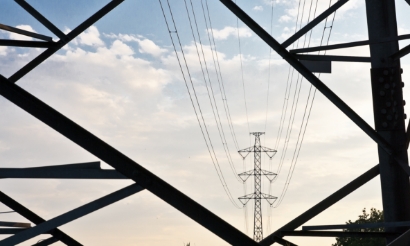
The EMF 37 study is initiated to help modellers better understand the potential role of electrification in economy-wide decarbonization pathways in important economic sectors—transportation, buildings, and industry. It is designed to explore the opportunities, limitations, trade-offs, and robustness of results associated with high electrification of the energy systems in North America. The NATEM model is […]
Read More… from Energy Modeling Forum – EMF 37: high electrification scenarios for North America

Bringing together world-renowned experts in operational research, this project proposes a complex linkage of models operating at increasing time scales (day, week, month, years) and other mathematical tools (machine learning, robust optimization) for reasoned management of the transition to smart electricity grids with a high renewable component. Demand response becomes an essential component of the […]
Read More… from Data valorization and robust optimization to guide the energy transition towards smart grids with a strong renewable component (VORTEX)

Involved in this large interdisciplinary research partnership aimed at producing relevant results to support decision-making for greenhouse gas (GHG) emission reductions from the transport sector. The NATEM optimization model is used to analyze the cross effects associated with various policy combinations such as the Clean Fuel Standard (CFS), the zero-emission vehicle standard (ZEV), the carbon […]
Read More… from Modelling and decision-making practices for transportation and climate policy – Quebec, Ontario, Vermont and California

This research project aims at reducing the environmental footprint of the cement and concrete product manufacturing through a circular economy strategy involving the steel industry. The mitigation option relies on the innovative use of steel slag as a cementing material which upon carbonation activation and the use of wood chips filler can produce cement-free and […]
Read More… from Reduction of carbon dioxide emissions by replacing Portland cement with carbonation-activated slag




